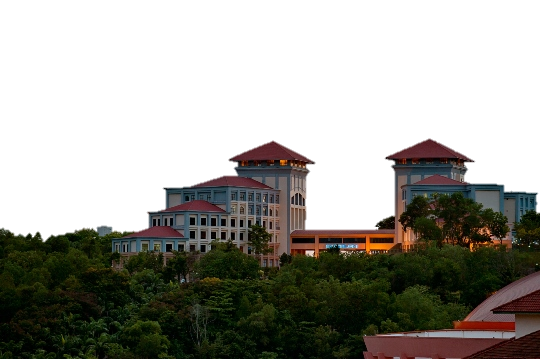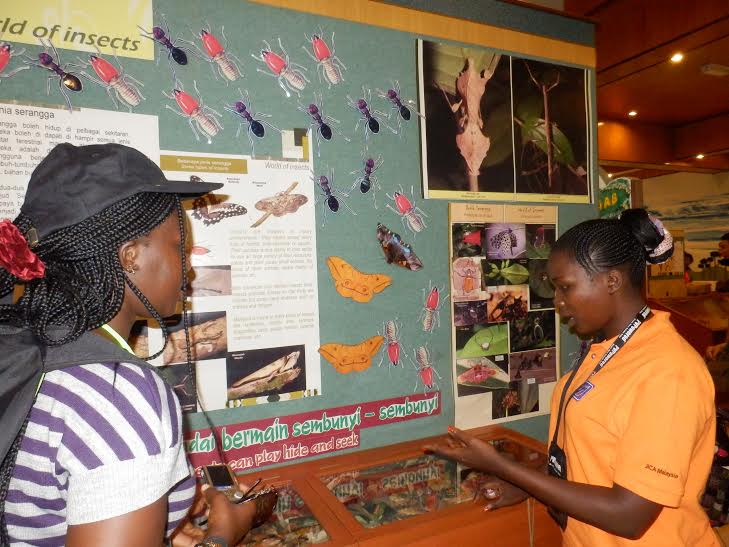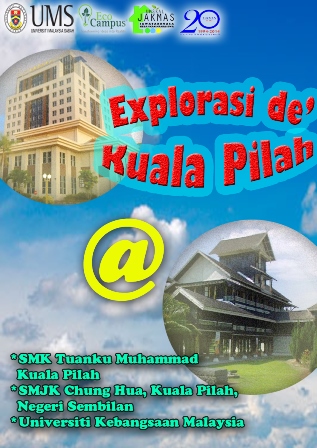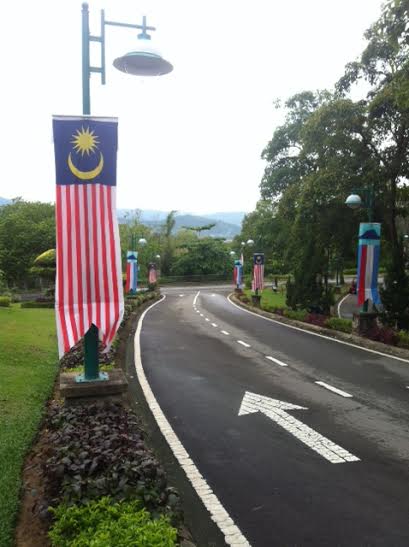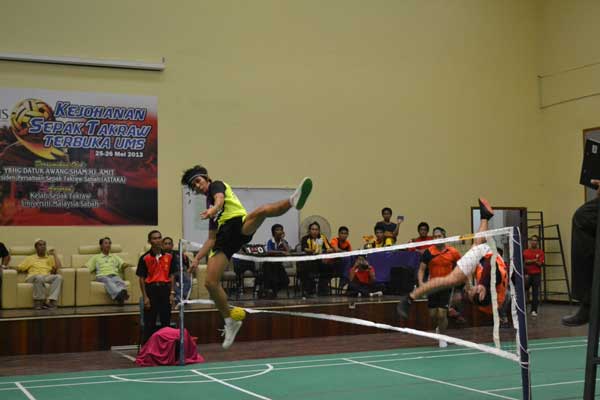 THURSDAY, 14 AUGUST – A total of 26 teams will be competing in the 3rd Borneo University Students Sports (SUKMAB) starting 18 August at Universiti Malaysia Sabah (UMS).
THURSDAY, 14 AUGUST – A total of 26 teams will be competing in the 3rd Borneo University Students Sports (SUKMAB) starting 18 August at Universiti Malaysia Sabah (UMS).The teams taking part are those from the Public and Private Higher Learning Institutions (IPT) around Borneo including Brunei and Kalimantan, Indonesia.
The biennial event among others aimed at providing opportunities for IPT students to compete, mirroring the sports held in Peninsular Malaysia besides identifying potential talents that can be highlighted.
It is also an effort to support the country’s core sports and give exposure to the students of Sports Science and Physical Education (PJ) programmes in Sabah and Sarawak IPT to high-level management of sports.
The Championship which offers seven sports is expected to be officiated by the Minister of Youth and Sports Sabah, Datuk Hj. Tawfiq Abu Bakar Titingan. – SS (fl)
Media and Citra Division
Chancellery Department


